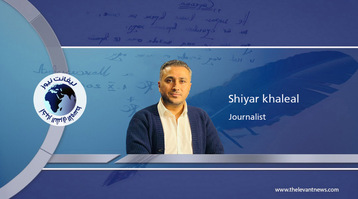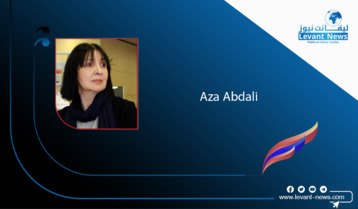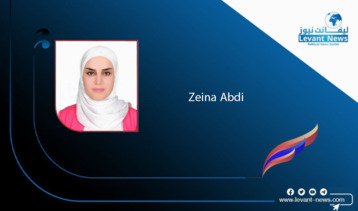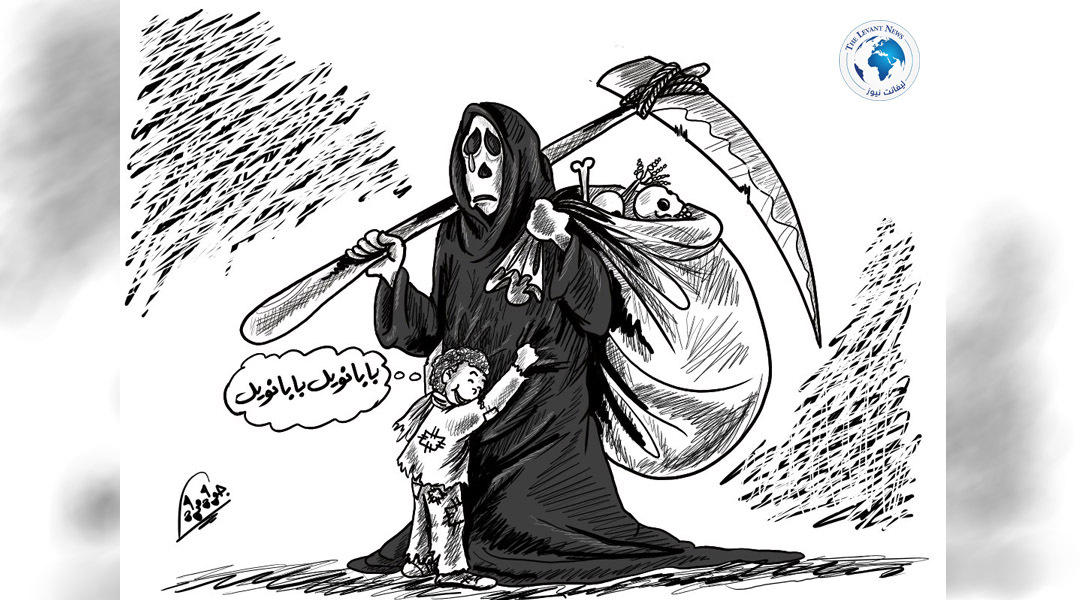-
Iran: The Religious Dictatorship in the Crisis of Survival

For more than four decades, Iran’s religious authority, led by the Supreme Leader, has relied on internal repression, exporting terrorism, international deception, and grossly violating the rights of its people to secure its hold on power. Under this regime, the lives and property of the people are of no value. The Supreme Leader is willing to sacrifice everything to maintain his authority—from the country’s natural resources to the young generation and the future of society itself.
To stay in power, this regime is not only engaged in systematic repression and widespread executions of opponents but also threatens regional and global security and stability through expanding its proxy networks and external interventions. However, the truth is that a force has persistently exposed the regime’s true face over the years—namely, the Iranian Resistance. This resistance has been the voice of the Iranian people in international forums, revealing the regime’s clandestine projects, particularly in the nuclear field, flagrantly violating human rights, oppressing women, engaging in systematic corruption, and plundering the nation’s wealth.
The disclosures made by the resistance have formed the basis for international decisions and sanctions against the regime, deeply angering the Supreme Leader and senior regime officials more than anything else. Following the adoption of the conservative council's resolution, Mrs. Maryam Rajavi, the elected leader of the Iranian Resistance, immediately welcomed the decision. She emphasized the urgent need to activate the “Trigger Mechanism,” implement the six United Nations Security Council resolutions, end uranium enrichment, and dismantle the regime’s nuclear facilities. She stated that these steps should have been taken long ago, but after the comprehensive IAEA report, there is no room for delay or hesitation — especially considering the secret nuclear projects at “Eivanaki” and “Al-Kuwair” in Semnan Province, uncovered by the Iranian Resistance on May 8 and June 10, 2025, which have not yet been included in the report or subjected to scrutiny.
Notably, on Thursday, May 8, 2025, the Office of the National Resistance’s Representation in Washington held a press conference citing new information from the MKO network inside Iran. The data revealed a new project by the regime’s main organization responsible for nuclear bomb production, known as "SPND" (the Modern Defense Research Organization), aimed at increasing nuclear weapon capabilities. The resistance also exposed the secret site of “SPND” in the Iavanaki region of Kermansar, dedicated to manufacturing various nuclear components.
Following the council’s resolution, the Iranian Resistance issued a statement on June 12, 2025, asserting that the ruling mullahs have a long history of deception and concealment. Had it not been for the disclosures by the resistance over 34 years, the regime could have obtained nuclear weapons long ago. The regime has never complied with its obligations under the Non-Proliferation Treaty or UN Security Council Resolution 2231 and has always used negotiations to buy time and advance its nuclear projects. Acquiring nuclear weapons, exporting terrorism, and igniting external conflicts have been strategically vital for the regime’s survival. The heavy setbacks faced by the regime and its proxies in the region last year increased their reliance on nuclear projects.
This regime, claiming in name only to defend the people and uphold religious values, in reality, does not believe in human dignity and is the foremost enemy of its own population. It is enough to open just one file concerning human rights abuses or weapons projects at international forums to see how Iran’s current authorities have maintained their grip through lies, intimidation, repression, and assassinations over the years.
If genuine political will existed in the international community to hold this regime accountable, opening just one of these files could mark the end of this dictatorship. Files such as the execution of political prisoners in the summer of 1988, the downing of the Ukrainian passenger plane, or the massive corruption that has looted the country’s wealth for the benefit of regime leaders—all of these serve as conclusive evidence of the regime’s crimes.
Meanwhile, Iranian society has endured this dictatorship for years and is ready to overthrow it. Popular uprisings from December 2017 through the 2022 nationwide protests repeatedly demonstrated that the Iranian people no longer wish to sustain this regime’s status quo. Unfortunately, policy of appeasement and leniency by some governments has been the main obstacle preventing the Iranian people from achieving freedom and democracy.
The regime has exploited this policy, often seeking to buy time through hollow promises of negotiations or reforms to strengthen itself amid internal and external crises. The experience of nuclear negotiations has shown that the regime has never fulfilled its commitments and has repeatedly bypassed agreements to continue its projects.
However, the Iranian people and their organized resistance have stood firm against this policy of appeasement. Today, the hopes of the people are directed toward true resistance—that which has severely weakened the regime internally through uprising units and internationally through exposing abuses and human rights campaigns.
It is time for the international community to acknowledge this reality: maintaining diplomatic relations
You May Also Like
Popular Posts
Caricature
opinion
Report
ads
Newsletter
Subscribe to our mailing list to get the new updates!




















